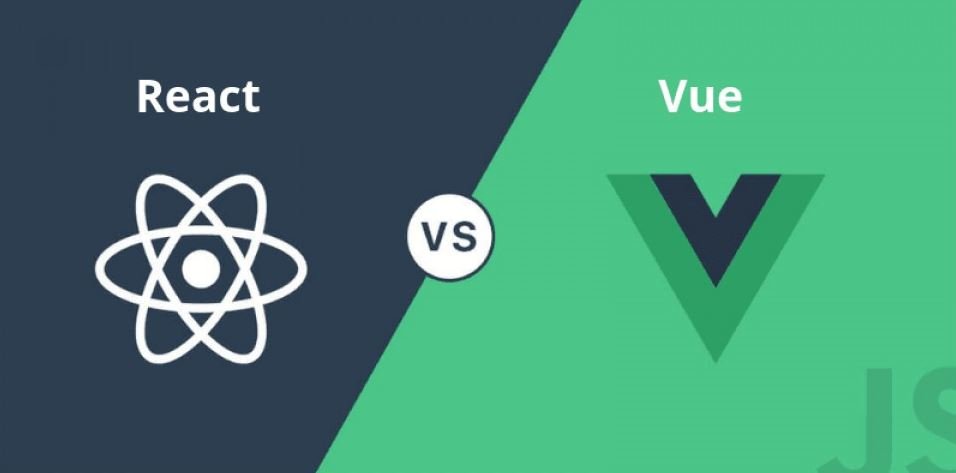
Vue Js vs React Js for web development
Vue.js and React.js are two frontend JavaScript frameworks popular in the developer world, with React taking the top spot on the podium for three consecutive years now. Both tools offer developers a productive approach to building various Web applications, but each has its own best use cases and responds to different business needs. Both React and Vue are open source JavaScript frameworks that make it easier and faster for developers to build complex user interfaces.
The React JavaScript library offers increased flexibility by utilizing 'components,' short, isolated sections of code that developers can use to create more complex logic and UIs. React interacts with HTML documents through a 'virtual DOM,' which is a copy of the actual DOM, but all of the elements are represented as JavaScript objects. These elements, along with React’s declarative programming style and one-way data binding, simplify and speed up development.
Vue also features two-way binding and components and uses a virtual DOM. However, Vue’s major draw is its progressive design. Vue is designed to allow developers to migrate existing projects to the framework incrementally, moving features one by one, rather than all at once. So, depending on your project’s requirements, you can use Vue as a full framework or as a lightweight library, and anything in between.
React Js vs Vue Js
While React.js and Vue.js have many similarities, there are a few differences between the two, which have a substantial impact on what each is best suited for. The primary difference lies in the methods used by Vue vs. React for rendering content onto the DOM. Vue uses HTML templates and JSX, while React only uses JSX, which is essentially an extension that allows you to insert HTML directly into JS code. While JSX can speed up and simplify larger, more complex tasks, the downside is that it can also complicate what should be an easy task.
In addition, React’s core offerings are components, DOM manipulation, and component state management. Everything else is developed and supported by the community. While seasoned developers often prefer this level of freedom, newbies may feel overwhelmed by the abundance of third-party libraries and tools.
While Vue has its own wide selection of community-built solutions, its core team also builds and supports commonly used tools and companion libraries, such as Vue-router, Vuex, and Vue CLI. This combination of pre-built and third-party resources helps meet the needs and desires of both beginner and senior developers alike.
Vue vs. React Performance
Since React and Vue share many of the same elements, their general performance is about equal. Both frameworks use virtual DOMs, and lazy loading to boost performance and page loading speeds.
However, there are certain situations where one framework clearly outperforms the other. For example, when you modify a React component state, all of the components in its subtree will re-render as well. However, in Vue, dependencies are tracked to prevent unnecessary re-renders. While you can use immutable data structures, shouldComponentUpdate, or PureComponent to prevent child component re-renders in React, this can add additional complexity and result in DOM state inconsistencies.
Application Architecture
React is different from other frameworks and libraries, in that it does not have a built-in architecture pattern. It uses a component-based architecture, which has its pros and cons. React UIs are rendered by components that work as functions and respond to changing data. So, the internal architecture consists of the constant interaction between the state of the components and the users’ actions.
Vue’s focus on the ViewModel approach of the MVVM pattern works well for larger applications. It uses two-way data binding to connect the View and Model. The primary goal of Vue is to provide a simple, flexible view layer, not a full-blown framework.
Scalability
When considering the use of React vs. Vue for large applications, React has an edge, due to its easy scalability. Since React apps solely use JavaScript, developers can utilize traditional code organization methods for easy scaling. Component reusability enhances React’s scalability.
While Vue is also scalable, thanks to its wide selection of flexible tools, it is more often used in smaller applications (although the size of the app of course depends on the architecture). Due to the dynamic architecture, you will need to take advantage of Vue’s libraries and Mixin elements to overcome the scaling limitations. So if you’re considering a React vs. Vue enterprise application, React may be more accommodating of future growth.
Documentation
Vue is the clear winner when it comes to documentation. Vue’s website features excellent quality, highly-detailed descriptions, offered in multiple languages, and its docs and API references are widely regarded as the best in the industry. You can find clear answers to a number of questions and issues in the docs. However, since the Vue community is not as large as React’s, so you may have more difficulty getting the right answers to questions that are not covered in the documentation.
React’s documentation is nowhere near the level of Vue’s, so you’ll be turning to the community a lot more often to solve challenges and issues. However, React does have a massive, active community, with a huge selection of learning materials.
Community Support
This brings us to the topic of React vs. Vue community support. This is a vital part of any technology, since the community provides assistance to both new and experienced developers and creates third-party solutions and tools.
React is developed and maintained by Facebook, which uses it in their own applications. So it has plenty of ongoing support and an active community that consistently builds and maintains new tools.
Vue was started by a developer, not a corporation, so it did not enjoy the immediate popularity boost that React did. In fact, when it was first released, many developers felt it was unreliable and were hesitant to adopt it. However, Vue has seen substantial growth and increase in popularity, thanks to continued support and contributions from the user community.
Popularity
With 181K Github stars, Vue is, inarguably, the most popular JavaScript framework. However, React has risen to second place, with 165K stars, and continues to grow and gain new users. Many well-known companies have web apps made with Vue.js and React.



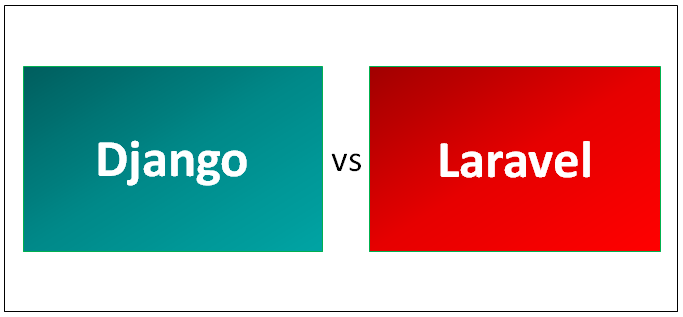

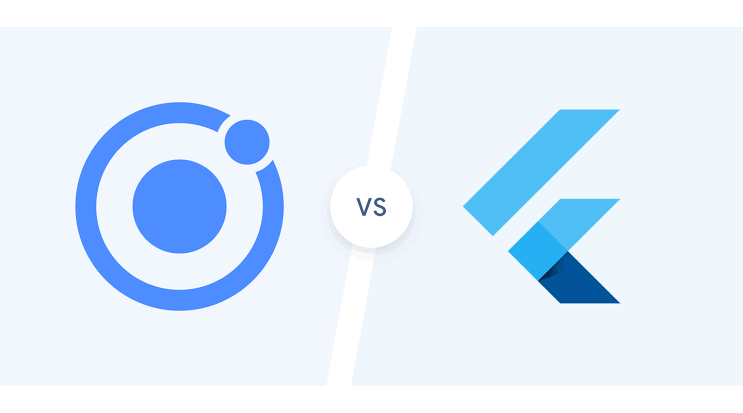





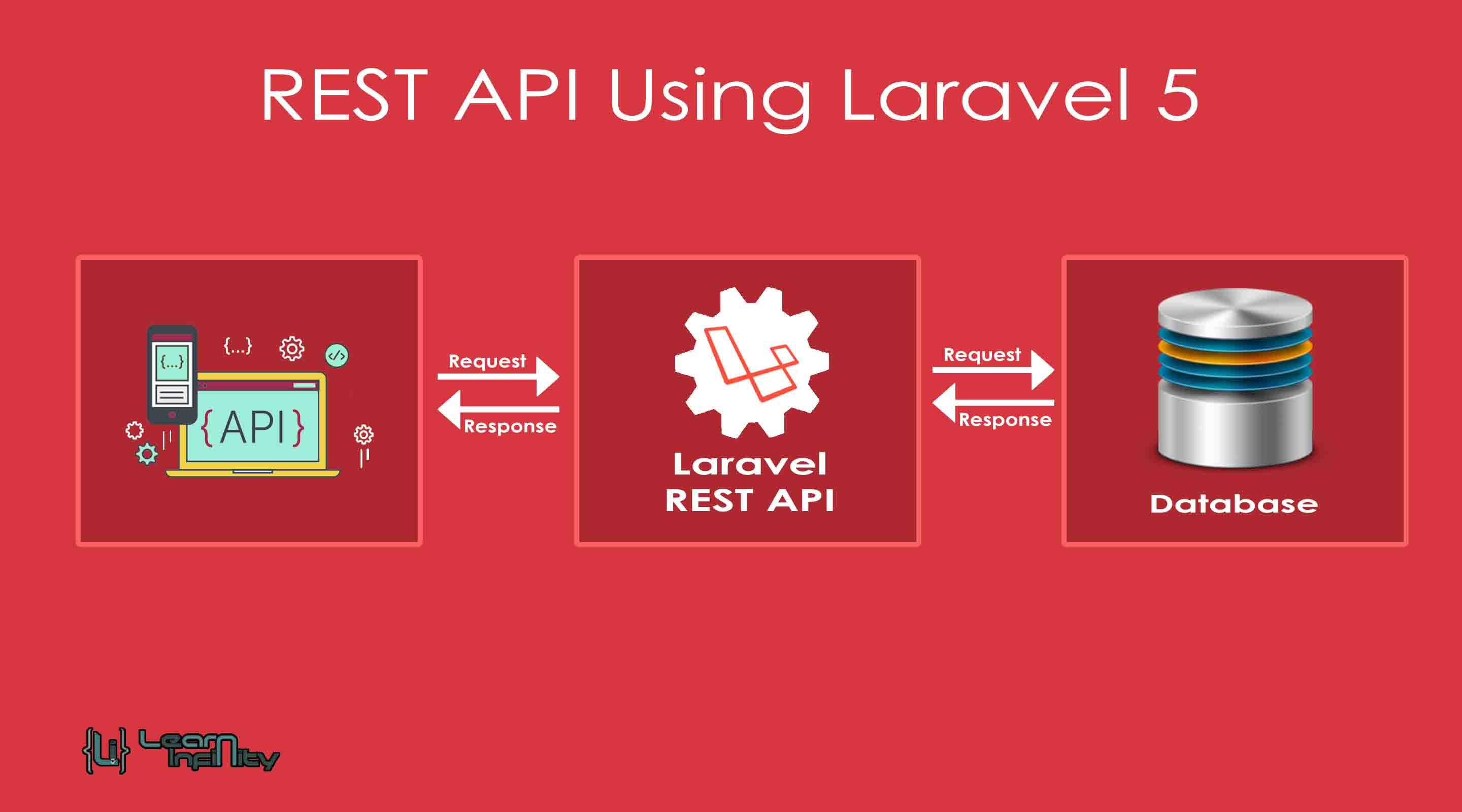





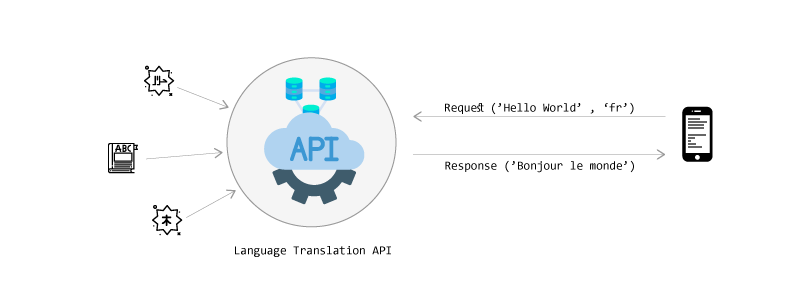
Comments are Turned Off for Now